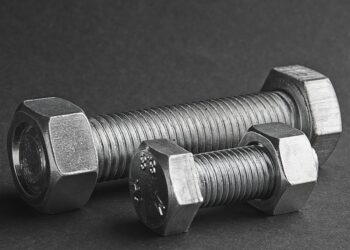Unwind and Unleash: The Power of Progressive Muscle Relaxation
Progressive Muscle Relaxation (PMR) is a powerful technique that can help you release tension, reduce stress, and improve your overall well-being. By systematically tensing and relaxing different muscle groups in your body, PMR can help you achieve a state of deep relaxation and calmness. In this article, we will explore the benefits of PMR, how to practice it effectively, and how to incorporate it into your daily routine for maximum results.
What is Progressive Muscle Relaxation?
Progressive Muscle Relaxation was developed by American physician Edmund Jacobson in the early 20th century. Jacobson believed that physical tension and mental stress are closely linked, and that by learning to relax our muscles, we can also relax our minds. PMR involves tensing specific muscle groups for a few seconds and then releasing the tension, allowing the muscles to relax completely. By systematically working through different muscle groups in the body, PMR can help you achieve a deep state of relaxation and reduce stress and anxiety.
The Benefits of Progressive Muscle Relaxation
There are numerous benefits to practicing Progressive Muscle Relaxation on a regular basis. Some of the key benefits include:
- Reduced muscle tension and physical discomfort
- Decreased stress and anxiety levels
- Improved sleep quality
- Enhanced focus and concentration
- Increased feelings of calmness and well-being
By incorporating PMR into your daily routine, you can experience these benefits and improve your overall quality of life.
How to Practice Progressive Muscle Relaxation
Practicing Progressive Muscle Relaxation is simple and can be done in just a few minutes each day. To practice PMR effectively, follow these steps:
- Find a quiet and comfortable place to sit or lie down.
- Close your eyes and take a few deep breaths to relax your mind and body.
- Starting with your feet, tense the muscles in your toes and hold for a few seconds.
- Release the tension and allow your toes to relax completely.
- Move on to the next muscle group, such as your calves, thighs, abdomen, chest, arms, and so on, tensing and releasing each muscle group in sequence.
- Continue this process until you have tensed and released all the major muscle groups in your body.
- Take a few moments to savor the feelings of relaxation and calmness that follow.
By practicing PMR regularly, you can train your body and mind to relax more easily and quickly, leading to a greater sense of peace and well-being.
Incorporating Progressive Muscle Relaxation into Your Daily Routine
To get the most out of Progressive Muscle Relaxation, it is important to make it a regular part of your daily routine. Here are some tips for incorporating PMR into your daily schedule:
- Set aside a specific time each day for PMR, such as before bed or during your lunch break.
- Use a guided PMR audio recording to help you relax and focus on each muscle group.
- Practice PMR in conjunction with other relaxation techniques, such as deep breathing or meditation, for enhanced benefits.
- Experiment with different variations of PMR, such as focusing on specific muscle groups that are particularly tense or tight.
By making Progressive Muscle Relaxation a regular part of your daily routine, you can experience the many benefits of this powerful relaxation technique and improve your overall well-being.
Conclusion
Progressive Muscle Relaxation is a simple yet effective technique for releasing tension, reducing stress, and improving your overall well-being. By systematically tensing and relaxing different muscle groups in your body, PMR can help you achieve a state of deep relaxation and calmness. By incorporating PMR into your daily routine, you can experience reduced muscle tension, decreased stress levels, improved sleep quality, and increased feelings of calmness and well-being.
So why not give Progressive Muscle Relaxation a try today and unwind and unleash the power of relaxation in your life?


































































